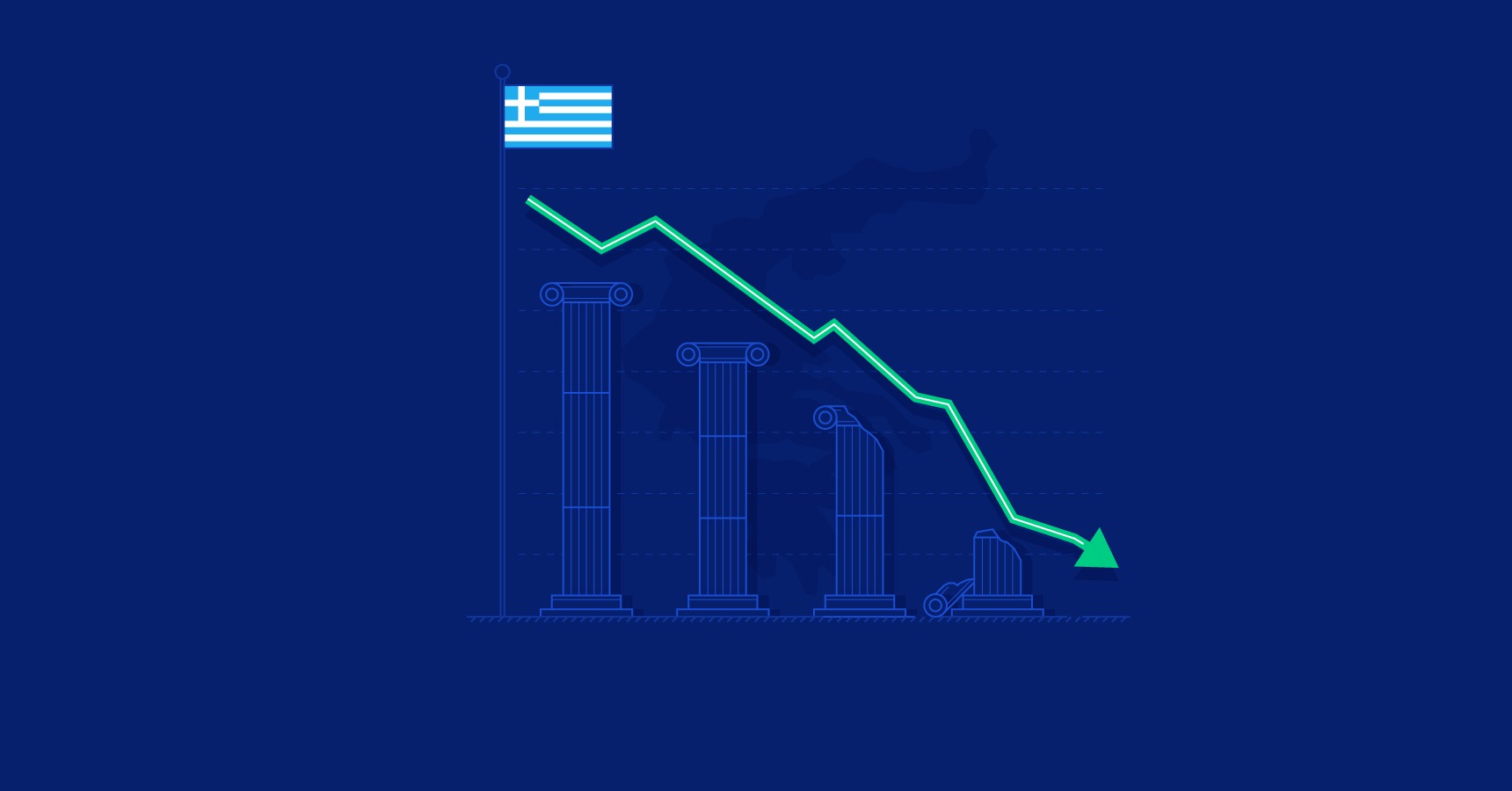

Finance
Green-Field Investment Definition
Published: December 2, 2023
Learn the meaning of green-field investment in finance and how it can benefit businesses. Explore the opportunities and risks involved in this investment strategy.
(Many of the links in this article redirect to a specific reviewed product. Your purchase of these products through affiliate links helps to generate commission for LiveWell, at no extra cost. Learn more)
Green-Field Investment Definition: Understanding the Basics of Investing in Untapped Markets
When it comes to diversifying your investment portfolio, one strategy to consider is green-field investment. But what exactly does this term mean? In this blog post, we will delve into the definition and intricacies of green-field investment, providing you with a comprehensive understanding of this investment approach. Whether you are a seasoned investor or just starting out, this article will equip you with the knowledge to make informed investment decisions in untapped markets.
Key Takeaways:
- Green-field investment refers to a form of direct investment where a company builds or establishes its presence from scratch in a foreign market.
- Investing in green-field projects provides an opportunity to take advantage of untapped markets and gain a competitive edge.
What is Green-Field Investment?
Green-field investment is a term used to describe a type of foreign direct investment where a company decides to establish its operations in a foreign market completely from scratch. Unlike other forms of investment, such as mergers and acquisitions or brown-field investments, green-field investments involve no existing operations, facilities, or infrastructure in the target market.
But why would a company choose to make a green-field investment?
The answer lies in the potential for growth and competitive advantage. By entering an untapped market, companies can position themselves as pioneers and capture market share before their competitors. Green-field investments offer the freedom to build operations and infrastructure tailored to the specific needs of the local market, enabling companies to create a strong presence and establish their brand.
Benefits and Challenges of Green-Field Investment
Benefits:
- Control and Flexibility: Investing in green-field projects gives companies full control over their operations and allows them to execute their business strategies with greater flexibility.
- Customization: Companies can design and build facilities that cater to their unique requirements, ensuring that they can offer products or services perfectly aligned with the local market’s preferences.
- Local Presence: Green-field investments allow companies to establish a physical presence in a new market, enabling them to build relationships with local stakeholders, including customers, suppliers, and government officials.
- Long-term Benefits: By investing in green-field projects, companies position themselves for long-term growth and profitability, as they are not bound by any pre-existing limitations or legacy systems.
Challenges:
- Higher Risk: Green-field investments involve a higher level of risk compared to acquiring established operations or partnering with local entities.
- Time and Resources: Building operations from scratch requires significant investments of time, money, and resources. It may take longer to start generating revenue compared to other investment approaches.
- Market Uncertainty: Investing in untapped markets brings with it uncertainties about consumer preferences, market demand, and regulatory landscapes. Companies must carefully assess the potential risks and rewards before committing to a green-field investment.
Is Green-Field Investment Right for You?
While green-field investment offers numerous benefits, it may not be suitable for every investor or company. Before making a decision, it is crucial to consider your risk appetite, resources, and long-term objectives. Conduct thorough market research, assess the competitive landscape, and evaluate the potential returns on investment. Seeking advice from financial and legal experts familiar with green-field investments can also provide valuable insights.
Ultimately, green-field investment can be a powerful tool for expanding your investment portfolio and capitalizing on new market opportunities. By understanding the concept and weighing the pros and cons, you can make well-informed investment decisions that align with your financial goals and risk tolerance.
Are you ready to explore the world of green-field investment? Start by identifying promising untapped markets and evaluate their growth potential. With careful planning and strategic execution, you could position yourself as a frontrunner in these markets and reap the benefits of your investments.














